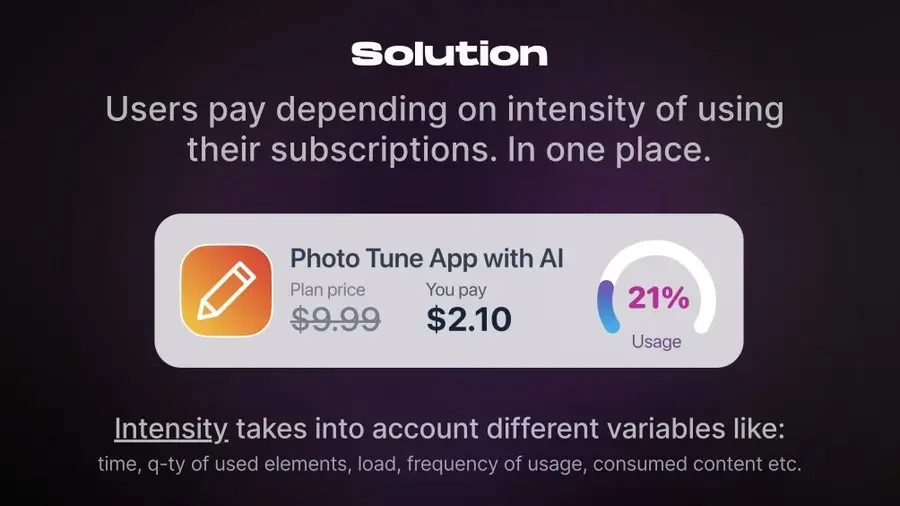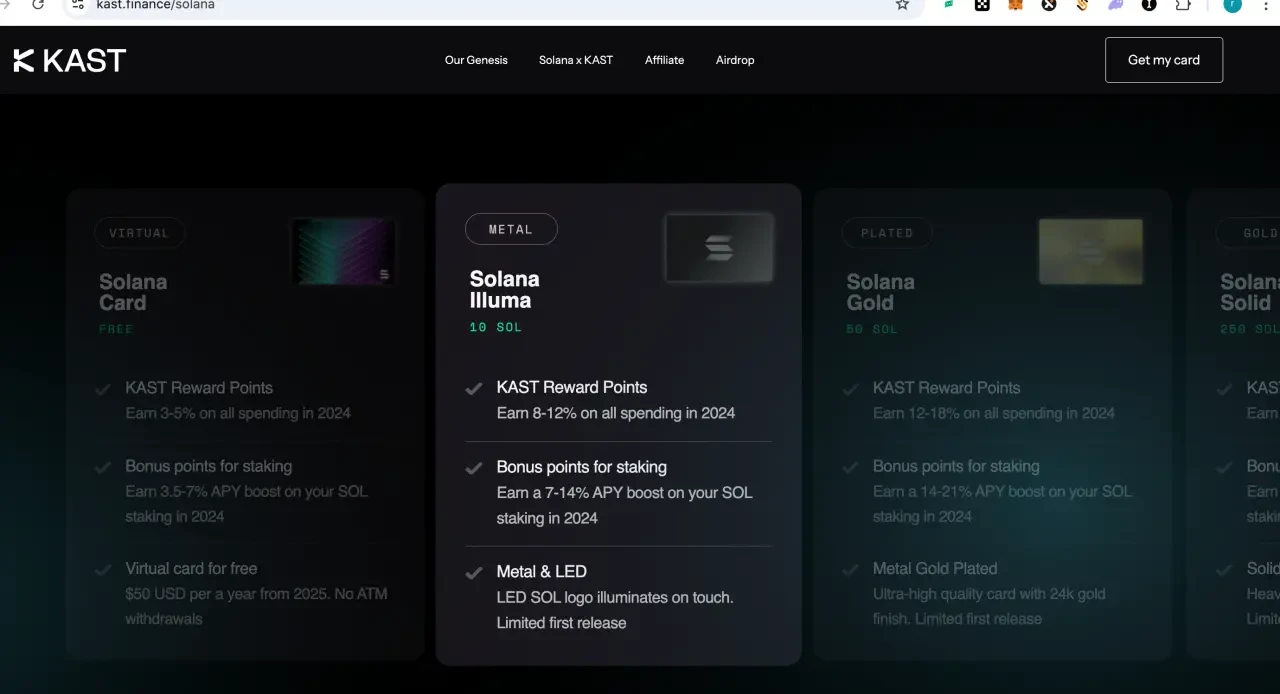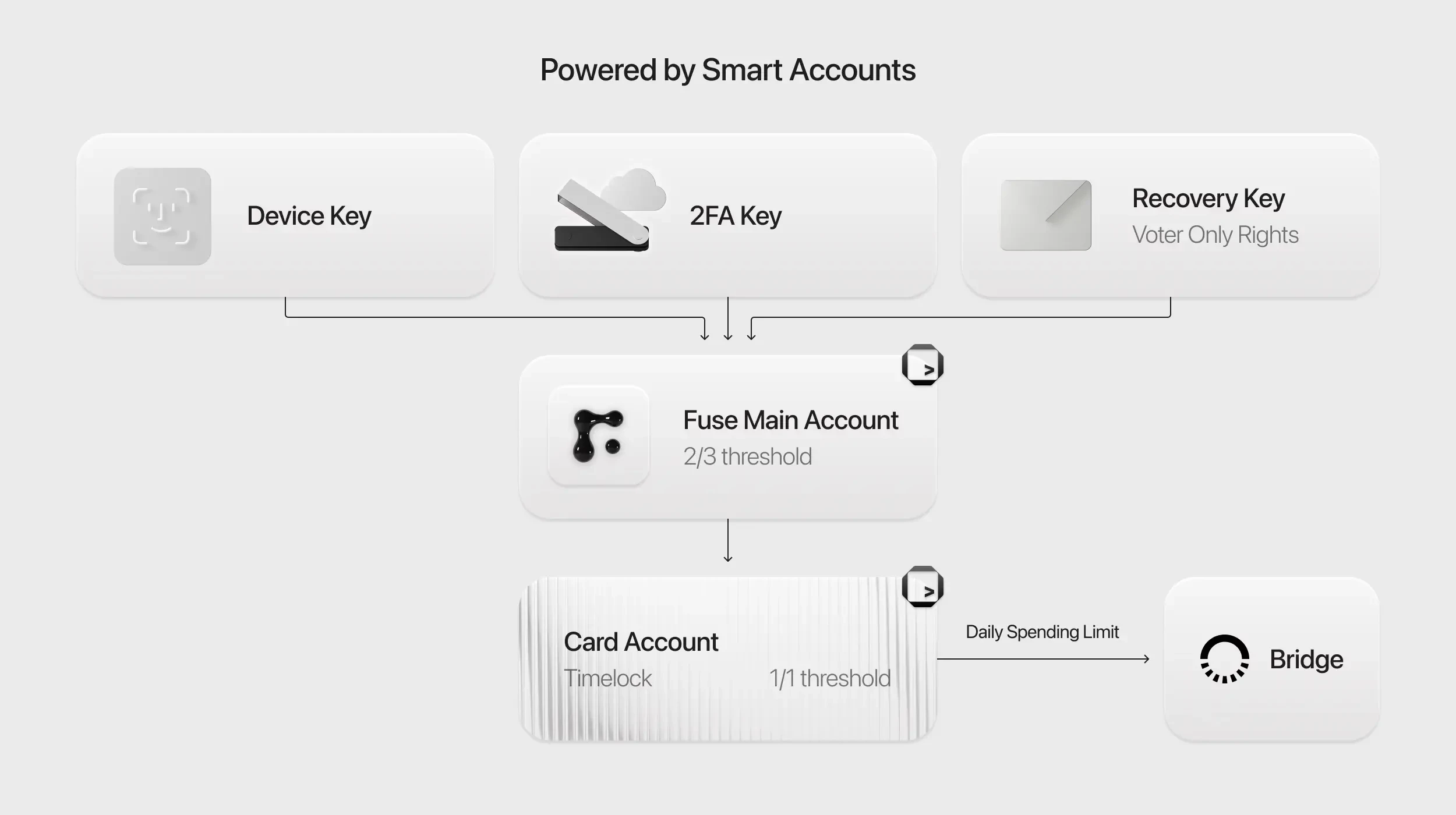PayFi, the highlight of Solana Breakpoint, shared what application scenarios and participation opportunities?
Original author: flowie, ChainCatcher
Community users who follow the Solana ecosystem should be familiar with the concept of PayFi. This is a concept that Lily Liu, chairman of the Solana Foundation, has to talk about at every industry conference this year.
At the recent Solana Breakpoint conference, PayFi remained the highlight of the Solana ecosystem, and several Solana ecosystem PayFi concept projects announced their latest developments and participation opportunities.
PayFi can be simply understood as using blockchain technology to innovate the payment system and achieve a more efficient and low-cost transaction experience.
PayFi emphasizes the time value of money. In laymans terms, todays money is more valuable than future money, because todays money can be used immediately for investment, consumption or savings, and may generate more income in the future. However, future money will lose some opportunity costs and have inflation risks and other uncertainties because it needs to wait for a while before it can be used, so its value will be reduced accordingly. What PayFi wants to do is to help users maximize the time value of money.
It may still be difficult to understand the future value of PayFi simply from its definition and vision. From some project dynamics at the Solana Breakpoint Conference, we can learn that some PayFi projects are mainly carried out in scenarios such as cross-border payments, creator monetization, commercial lending, and subscription payments. However, the participation threshold of most PayFi concept projects is still not low, KYC is required, and there are compliance issues.
Sanctum: Creator Monetization and Cross-border Payments
Solana’s liquidity staking protocol Sanctum has launched two new PayFi products, “Creator Coins” and “Cloud Card.”
According to the official Twitter account, “Creator Coins” is an innovative digital currency solution that allows organizations and individuals to build, develop and monetize their communities without permission.
From the decline of Mirror to the soft rug of Friend Tech, creator tokens have almost been proven to be unsustainable. What are the characteristics of Sanctums Creator Coins?
First, the creator tokens using the “Creator Coins” scheme are also a type of LST token based on SOL.
From the introduction in the registration form for Creator Coins provided by Sanctum, we can know that with only 1 SOL, creators can create Creator Coins belonging to their own community. Each token is supported by Sanctums unified liquidity layer, and each creator token maintains a 1: 1 exchange rate with SOL.
Additionally, creators can earn approximately $1 for each Creator Token held by their supporters.
Creator Coins will change some traditional membership subscription models, allowing users to enjoy benefits without subscribing. Creators can use the creator tokens of their community to provide a variety of benefits to community users.
According to @umang_veerma, the builder of Haven, the provider behind the Creator Coin loyalty program, there are three types of benefits that creators can offer to their community users:
-
Partnered with Solana Mobile and offered discounts to the largest holders of its LST (creator token) at Shopify checkout;
-
Some entertainment content creators can provide exclusive TG group access to their LST community members;
-
Art creators can airdrop their works to LST and other holders.
The creators mentioned in “Creator Coins” are not limited to artists and internet celebrities who create value through entertainment or social media, but also include professionals in various fields such as scientists, teachers, entrepreneurs, inventors, etc.
The first use cases of Creator Coins are focused on the medical and health field. For example, it helped flojo, the worlds first energy drink developed by neuroscientists, launch flojoSOL. flojoSOL can help the flojo team build a loyal community and sell their own energy drinks directly, eliminating the middleman.
Another use case for “Creator Coins” is healthSOL, provided in partnership with community member @bengshark, which provides free blood tests and medications to people in medical need around the world to detect diseases early.
healthSOL has certain public welfare significance. Community users can expand the global clinic network and save lives around the world by holding healthSOL.
Sanctum said the “Creator Coins” program will be launched in a few weeks and registration is now open.
Sanctum has launched another PayFi product, the SOL Cloud Card, which was launched in cooperation with BasedApp and Jupiter. The card will support users to use SOL and stablecoins in more than 100 countries. Sanctum mentioned that the experience of using the Cloud Card will be different from that of ordinary cloud cards from beginning to end, but did not disclose the specific details of the differences.
Sanctum will launch this card in the fourth quarter of this year, and you can now sign up for the waiting list in advance. In addition, Sanctums Creator Coins will also have use cases in the Cloud Card.
DePlan: Changing the traditional subscription billing model to support payment based on actual usage
According to DePlan’s official introduction, the purpose of launching DePlan 2.0 on Solana is to solve the pain points of the traditional subscription system. It supports payment based on usage intensity and pay-as-you-go.
Under the traditional subscription system, consumers are forced to pay monthly or annual fees in order to watch or use subscribed content. However, in many cases, users rarely use or even do not use these membership benefits after subscribing.
Now users can avoid these unnecessary payments if they use DePlans payment solution.
When a user creates an account on DePlan, a Solana wallet is automatically generated to record transactions. Whenever a user interacts with some paid subscription products, the interaction data is traced.
DePlan can record the users usage intensity, provide users with a corresponding payment plan, and set the payment time at the end of each month. At the end of the month, users can see a comprehensive subscription bill, and the funds will be automatically distributed to the consumed products through smart contracts.
If you dont use any of your subscription content, you wont be charged.
Huma Finance: Cross-border payments and commercial lending
From Huma Finance’s recent presentation at Solana Breakpoint and public interviews, it can be learned that Huma Finance, which focuses on PayFi, was first launched on Polygon, but recently announced plans to launch on Solana and Stellar around October.
Huma allows businesses and individuals to access global investors on the chain and borrow against future income, and provides the function of accounts receivable acquisition.
Humas PayFi network currently focuses on commercial payments, trade financing and remittance scenarios with a scale of trillions of dollars. In April this year, Huma acquired the liquidity and settlement platform Arf to increase the adoption of tokenized assets. Currently, Arf is also Humas core application.
Arf can provide short-term loans to financial institutions around the world. Currently, Arfs bad debt rate is 0, and its loans to institutions can generate an annualized return of 20%, while the cost of obtaining funds is about 12% to 13%. Therefore, Arf provides investors with a low-risk return of more than 10%, which is about 7% higher than the return of US bonds. At the same time, Arf itself can maintain a gross profit of 8% to 10%.
In cross-border transfers, Arf solves the problem of prepayment through blockchain and stablecoins.
For example, traditional payment channels such as Swift are expensive and time-consuming, while Arf uses stablecoins to achieve fast transfers from point A to point B, greatly reducing the pressure of advance payment. Arf has connected to Circles USDC to optimize the transfer process.
Arf has processed nearly $2 billion in on-chain transactions, with an actual loan amount of about $20 million. Arf hopes to increase the loan amount to $80 million to $100 million this year and $200 million to $250 million next year.
According to the roadmap released by Richard Liu, the founder of Huma Finance, Huma Finance will also launch some new products such as the T+0 settlement system in the next few quarters. The T+0 settlement service hopes to achieve same-day settlement, while many places can only achieve T+1 settlement, that is, settlement the next day.
Huma Finance will also expand DePIN finance and platform decentralization plans.
Kast: Cross-border stablecoin payments
Kast is a payment card that supports cross-border stablecoins, covering more than 100 countries. Users can download the Kast app in Google Pay and Apple Store.
At the Solana Breakpoint conference, Kast launched four levels of payment cards exclusive to the Solana ecosystem, namely Solana Card (Free), Solana Illuma (10 sol), Solana Gold (50 sol), and Solana Solid (250 sol). Each level corresponds to different costs and benefits.
In general, using the Solana card on Kast, users can enjoy 0 commissions, annual fee income for staking SOL, consumption rebates, and KAST points.
For example, the lowest level free virtual card offers the benefit of earning 3-5% KAST points on all purchases in 2024; the APY of SOL staking can be increased by 3.5-7%.
The highest level Solana Pure Gold Card is limited to 100 cards. Users need to pay 250 SOL to purchase it. However, the benefits are that all consumption in 2024 can earn 12-18% of the income, and the APY of staking SOL can be increased by 14% to 21%.
Fuse wallet: cross-border stablecoin payments
Fuse Wallet, the smart wallet of the Solana ecosystem, announced the launch of Fuse Pay in cooperation with Bridge. Fuse Pay integrates Visa virtual cards, and users can use Fuse Pay to make stablecoin payments and consumption.
Fuse Pay leverages Squads Protocol’s smart accounts to ensure that users’ credit cards are fully self-custodied. Fuse Pay will be available online to users in the United States and will be launched in more countries and regions later this year.
This article is sourced from the internet: PayFi, the highlight of Solana Breakpoint, shared what application scenarios and participation opportunities?
The blockchain game market of TON ecosystem is like a colorful fireworks show. Since Notcoin became popular, the Tap to Earn projects in TON ecosystem have received a lot of attention. For example, the recently popular Hamster Kombat and Catizen allow players to easily earn income through simple click operations. Data shows that the X account of Hamster Kombat has 10.6 million followers and the Telegram channel has more than 46 million followers; the X account of Catizen has 1.733 million followers and the Telegram channel has more than 4.5 million followers. *Image source: TON APP screenshot However, behind this hot phenomenon, it is inevitable to raise questions: this type of Tap to Earn blockchain games seems to be essentially the same, just with a different storyline. In addition, Mankiw…











